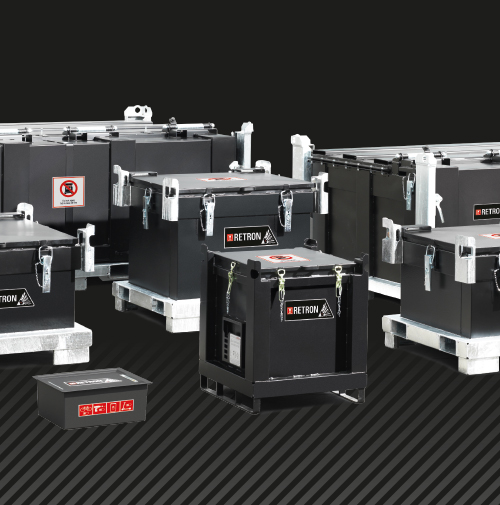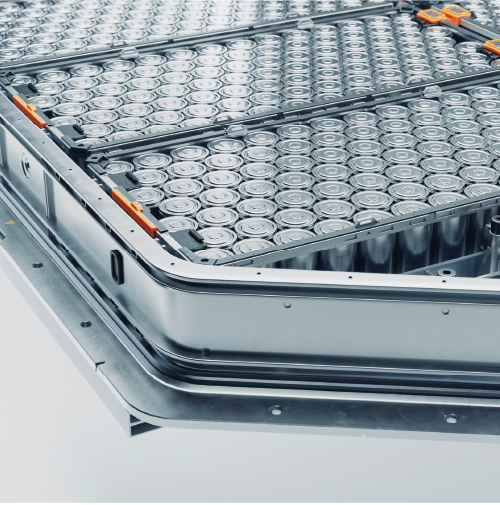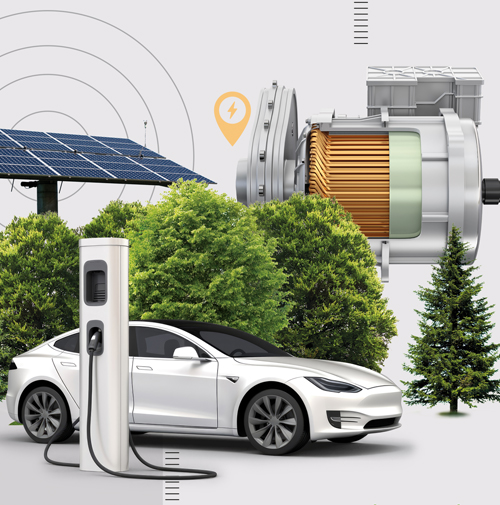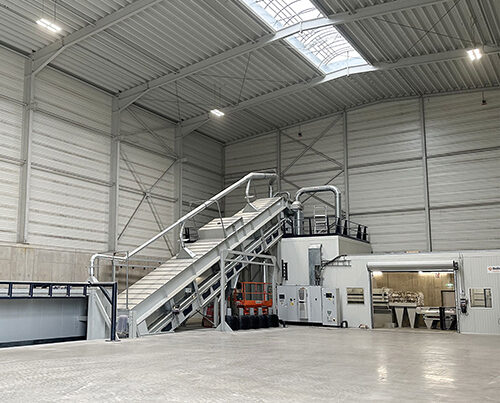And the leg twitched again. This happened every time Luigi Galvani placed his copper and iron instruments on the legs of the dead frogs he was experimenting on. Galvani was convinced that he had discovered something truly big: this Italian researcher mistakenly believed that this phenomenon was some kind of ‘animal electricity’. What he had actually discovered back in 1780, though, was a principle of physics that is known today as the ‘galvanic cell’.
The legs twitched because the salt water in the frog legs acted like an electrolyte when the copper and iron touched them and produced voltage. It was a contemporary of Galvani, namely the Italian chemist and physicist Alessandro Giuseppe Anastasio Volta (after who the unit ‘volt’ is named), who then correctly interpreted this discovery. In 1799, he built the voltaic pile – the first operational battery – in his workshop at his flat in Lazzate, a town in Lombardy in the North of Italy.
In 1780, Luigi Galvani discovered a principle of physics that is known today as the ‘galvanic cell’.
It really was a scientific sensation back then when Volta published his findings in the renowned London-based journal ‘Philosophical Transactions of the Royal Society’. Thanks to Volta’s invention, it was suddenly possible to have electricity wherever and whenever it was needed.
Very few inventions prior to this had had such a big impact on people’s lives as this one – an invention that enabled chemical energy to be converted into electric energy. The fundamental principle of the galvanic cell remains the same today, although many improvements and new designs have been made over the years enabling more and more devices, sectors and areas of life to be electrified.
Batteries are currently playing a key role in helping countries achieve the ambitious climate targets that the global community agreed to in the Paris Climate Agreement in 2015. Steps have been taken to end the use of fossil fuels to prevent – or at least limit – a climate catastrophe. However, if a modern society and all its technology is to have a reliable supply of clean electricity, it will need both large and small storage solutions and, in many cases, these will be batteries. The challenges here will be enormous as these new solutions must be economically viable, socially acceptable and environmentally compatible and they must not put our prosperity at risk.
The materials needed to make these batteries have to be extracted from the ground. In some cases, the conditions in the mines are controversial as both human rights and environmental impact are ignored. What’s more, the copper, lithium and other materials used to produce batteries are finite and, as a result, expensive. Some of the materials in the battery, such as the lead and the acids, also pose a risk to the environment. It is important that technical innovations be developed that enable batteries to be made from more easily accessible materials. But that is not all. Recycling will start to take on a central role as it can both close material cycles and secure supplies. Batteries are an opportunity – if we approach the subject correctly.
You can find more articles on batteries here:
Image credits: image 1: Shutterstock: JoyImage



















